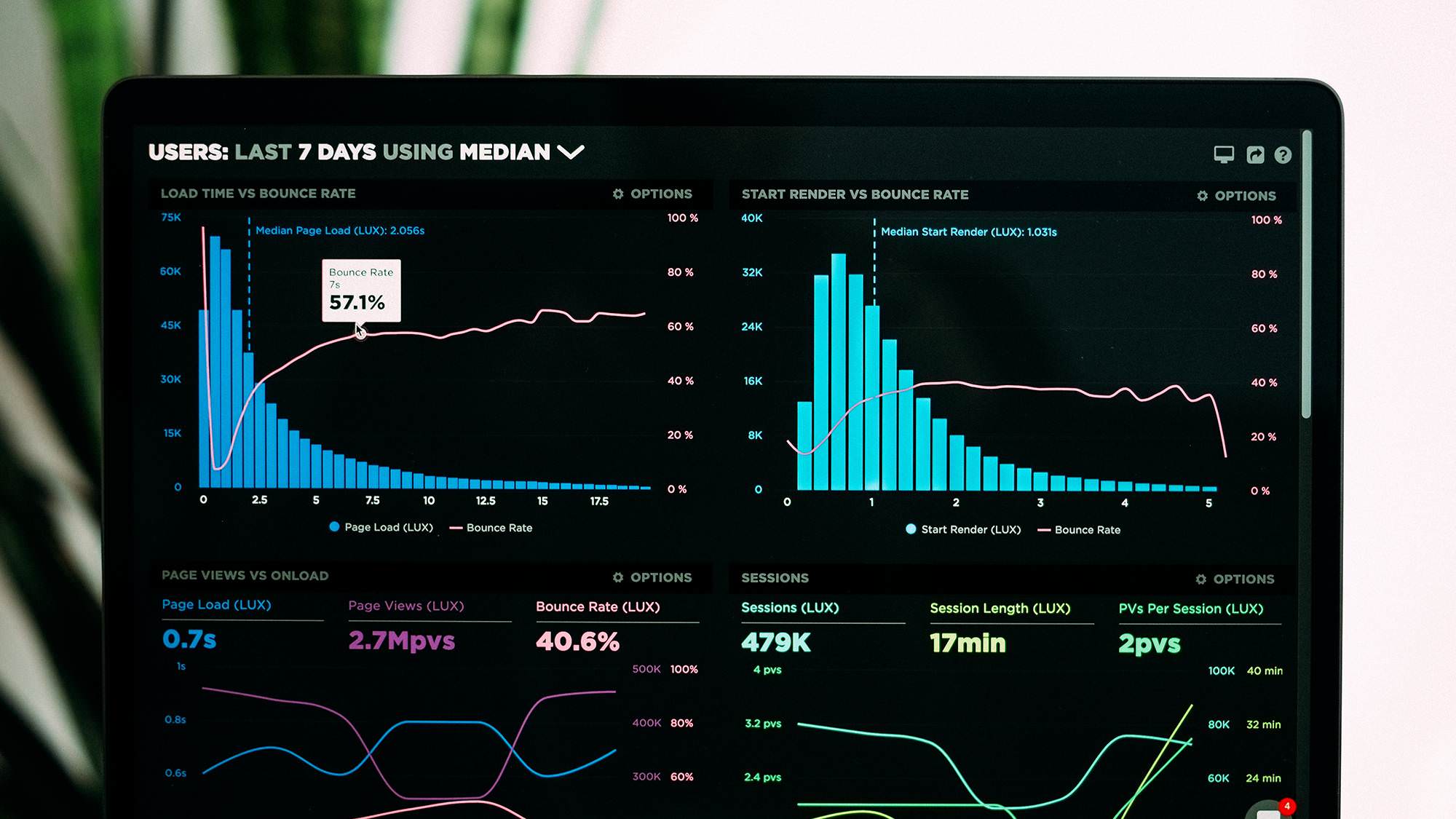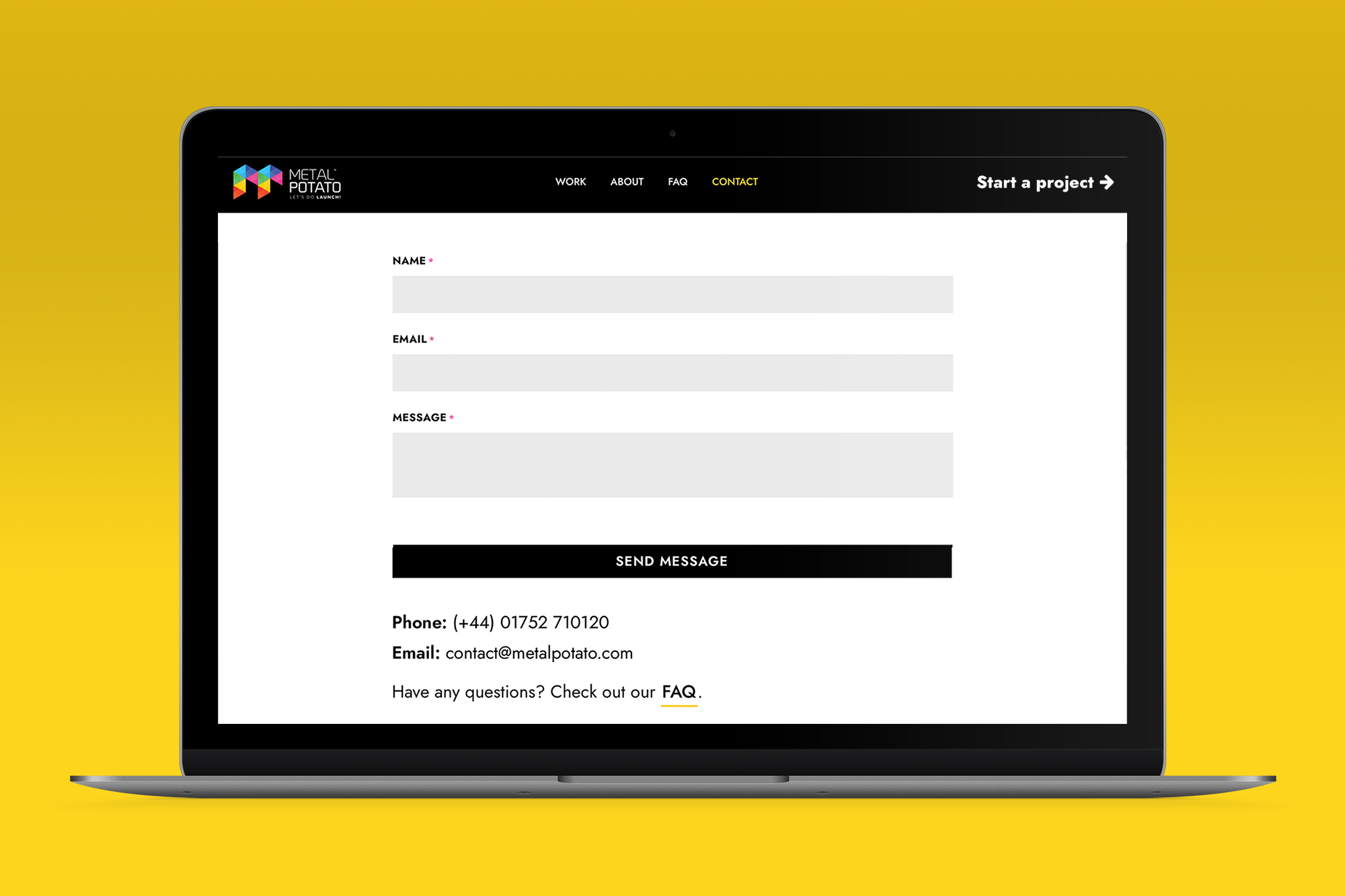Are you tired of seeing your website’s traffic plateau or even decrease? Are you struggling to attract new visitors and convert them into customers? If so, you’re not alone. Many businesses and website owners face these challenges, especially in today’s highly competitive digital landscape. Proven SEO strategies can also increase your website’s visibility, attract more organic traffic, and improve your overall online presence. Let’s explore the top seven proven SEO strategies for boosting your website’s traffic.
Keyword research
Keyword research is the foundation of any successful search engine optimisation strategy. It involves identifying the keywords that your target audience is searching for and optimising your website’s content accordingly. By using the right keywords, you’ll increase your website’s visibility in search engine results pages (SERPs) and attract more organic traffic.
To conduct effective keyword research, you can use various tools such as Google Keyword Planner, Ahrefs, SEMrush, and Moz. These tools allow you to analyse search volume, competition, and other relevant metrics to determine the best keywords for your website. Once you’ve found your target keywords, you can optimise your website’s content by incorporating them into your headlines, meta descriptions, URL slugs, and body text.
It’s important to note that keyword stuffing, or overusing keywords in your content, can harm your website’s SEO. Instead, focus on providing high-quality, informative content that includes your target keywords naturally. By doing so, you’ll improve your SEO but also provide value to your users.
Optimising on-page content
On-page optimisation refers to the process of optimising your website’s individual pages to improve their visibility in search results. This includes optimising your content, meta tags, images, and internal links.
When optimising your content, focus on creating high-quality, informative, and engaging content that provides value to your visitors. Use headers, subheaders, and bullet points to break up your content and make it easier to read. Incorporate your target keywords naturally throughout your content, but avoid keyword stuffing.
Images can also impact SEO. Use descriptive file names and alt text to provide search engines with context about your images. Additionally, compress your images to improve your sites load speed.
Finally, internal linking can help search engines understand the structure of your website and the relationship between your pages. Use relevant anchor text and link to related content within your website to improve your website’s SEO.
Utilising social media for SEO
Social media can be a powerful tool for improving your website’s SEO. By sharing your content on social media platforms, you can attract more backlinks, increase your website’s visibility, and improve your online presence.
To effectively use social media for SEO, focus on building a strong following on the platforms your target audience uses. Share high-quality, informative content that provides value to your followers. Use relevant hashtags to increase your reach and engage with your followers to build relationships.
Additionally, sharing your content on social media can increase the chances that other websites will link to your content, improving your website’s authority and overall SEO.
Improving website speed and performance
Website speed and performance can impact your website’s SEO and user experience. Slow-loading websites can lead to high bounce rates and decreased user engagement, which can harm your website’s SEO.
To improve your website’s speed and performance, you can use various tools such as Google’s PageSpeed Insights, GTmetrix, and Pingdom. These tools allow you to analyse your website’s loading speed, identify areas for improvement, and implement optimisations such as compressing images, minifying code, and leveraging browser caching.
Additionally, consider using a content delivery network (CDN) to improve your website’s performance. A Contend delivery network distributes your website’s content across multiple servers, reducing latency and improving website speed.
Mobile optimisation
With the increasing use of mobile devices for browsing the internet, mobile optimisation has become critical for improving your website’s SEO. By optimising your website for mobile devices, you improve user experience and attract more organic traffic. On average, mobile browsing now accounts for 70% of all users on a website.
To optimise your website for mobile devices, consider using a responsive design that adapts to different screen sizes.
Implementing structured data
Structured data refers to the organisation of data on your website using a standardised format. By implementing structured data, you can provide search engines with additional context about your website’s content, improving your sites visibility and SEO.
To implement structured data, you can use various formats such as Schema.org and JSON-LD. These formats allow you to add structured data to your website’s content, including information such as product prices, ratings, and reviews.
Implementing structured data can also improve your website’s appearance in search results by providing rich snippets, which can attract more clicks and improve your website’s visibility.
Analysing and adjusting SEO strategy
SEO is a process that requires constant analysis and adjustment. By regularly analysing your website’s performance, you can identify areas for improvement and adjust your SEO strategy accordingly.
To analyse your website’s performance, use online tools like Ahrefs, SEMrush and Google Analytics. These tools allow you to track your website’s traffic, engagement, and other relevant metrics. Additionally, use A/B testing to test different SEO strategies and determine which ones are most effective.
Conclusion
Improving your website’s traffic and SEO can be a challenging and ongoing process. But by implementing proven SEO strategies, you can attract more organic traffic, improve your website’s visibility, and increase your conversions. Remember to focus on providing high-quality, informative content, optimising your website’s performance and speed, and analysing and adjusting your SEO strategy regularly.
With these strategies, you can take your website’s traffic to new heights and achieve your online goals. Need help to reach your goals? Contact us today to learn more about our web design services and how we can help you succeed online.
Let's make a website!
Book a FREE video call to discuss your business, project strategy, and more!
"*" indicates required fields
More from Metal Potato
How to Write SEO Content That Converts
How to craft SEO content that climbs rankings! Strategies for keyword targeting, readability, and engaging writing techniques.
Contact Page Design: A Blueprint for Success
Learn how to optimise your contact page for better engagement and conversions with expert tips and inspiring examples.
Why Your Website Isn’t Showing Up on Google
Discover why your website isn't showing up on Google and learn actionable solutions to boost your visibility!
How Google Remarketing Rescues Lost Customers
Revive lost leads with Google Remarketing! Target engaged visitors, boost ROI with personalised ads across Google platforms.
Unmasking SEO Scams and Safeguarding Your Website
Guard your business against SEO scams! Uncover deceitful tactics, red flags, and empower your online success with our tips.
How Often Should You Blog?
Optimise your blog's success with the perfect posting frequency! Learn to balance consistency, quality, and engagement for organic growth.






